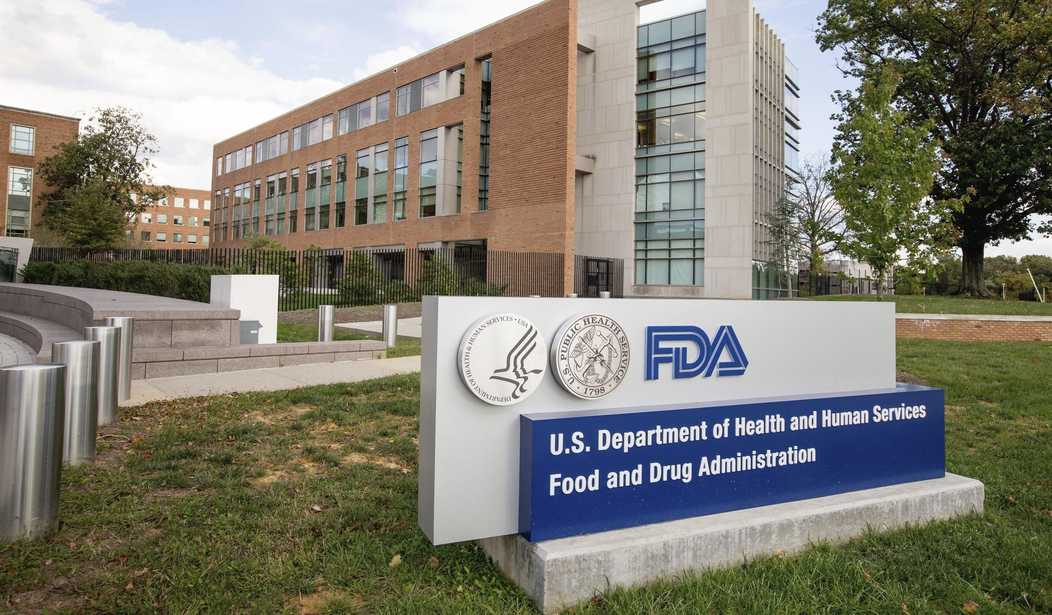In late August, the U.S. Food and Drug Administration (FDA) quietly unveiled a new “Overdose Prevention Framework” to address the decades-long opioid epidemic. Interestingly, the agency outlined policies that support innovation and promote harm reduction. Alarmingly, this is the same agency that houses the Center for Tobacco Products (CTP) that is actively blocking access to tobacco harm reduction. This hypocrisy in approaching harm reduction must change.
In truth, the FDA’s role in the opioid epidemic ought to be examined closer by policymakers as there is evidence that the FDA’s role in approving and allowing companies to market new opioids led to a surge of prescription pill abuse, or at least the first wave of the epidemic. Further, the FDA also ignored warnings from other federal agencies, including the Drug Enforcement Agency (DEA), that were alarmed by the increases in prescription drug abuse.
Unfortunately, time and time again in America, trying to put a genie back into a bottle is impossible. When reining in prescription opioids American public health agencies created a worse problem: illicit markets of heroin and then eventually fentanyl. Now, a flood of fake pills disguised to look like FDA-approved pills are killing Americans in droves.
While the American opioid epidemic began in the early 2000s, combustible cigarettes had been killing hundreds of thousands of U.S. adults each year for half a century. But it was not until 2009 when the FDA was given authority to regulate tobacco products under the Family Smoking Prevention and Tobacco Control Act (TCA).
Initially, the TCA seemed like a good thing as it would reduce smoking rates among youth and young adults. It would rein in the “big bad tobacco companies” and ensure that adults were given access to truthful information. Youth would not be exposed to tobacco advertisements, and consumers would be given peace of mind knowing products were subject to strict ingredient standards.
Recommended
The TCA has a section concerning modified risk tobacco products (MRTPs). In 2009, the concerns of MRTPs were mostly related to how tobacco companies were marketing their products. In the past, some manufacturers had been found to mislead users with cigarette filters or “light” cigarettes, making consumers to believe these were less harmful.
While addressing snake oil salesmen is necessary, the MRTP section of the TCA has severely stunted adult access to tobacco harm reduction products. The TCA was signed only two years after the introduction of e-cigarettes to the U.S. In the 12 years that have passed, a variety of alternatives to cigarettes have come to the global marketplace, yet, in order to market them in the United States, manufacturers of tobacco harm reduction products must submit a premarket tobacco product application (PMTA).
The PMTA process has been described as a bureaucratic nightmare, and FDA has denied applications for nearly 99 percent of open system e-liquid products. The FDA continues to cling to a supposed youth vaping epidemic to deny adult access to hundreds of thousands of e-cigarette products.
Youth vaping is declining. According to data from numerous national and state surveys, youth vaping seems to have peaked in 2019 and has steadily declined in the two years since. Unfortunately, youth overdoses are increasing.
More alarmingly, drug cartels are marketing to kids. In May 2021, DEA remarked that drug traffickers were “specifically targeting kids and teens by creating counterfeit pills in a variety of shapes and bright colors.” In August 2022, the DEA had to repeat the same warning after the media, finally picking up growing overdoses among youths, warned the public about “rainbow fentanyl.” The brightly-colored fentanyl pills were found in 18 states.
The true irony in FDA’s harm reduction hypocrisy is that the agency is ignoring its own past failures. In issuing its denials to a large segment of the vaping industry, FDA is forcing consumers to seek out unregulated tobacco harm reduction products. If the agency had, instead, chose to regulate the products, it could ensure marketing practices don’t appeal to children. The agency has also rid the marketplace of regulated vapor products amid a fentanyl epidemic and the DEA has confiscated vapor products containing fentanyl.
CTP is currently undergoing a supposed-independent review of its entire center. Perhaps they can learn from past mistakes of their own when it comes to granting access to tobacco harm reduction and if not, Congress must address the harm reduction hypocrisy and FDA’s role in both the opioid and tobacco epidemics.
Lindsey Stroud is Director of the Taxpayers Protection Alliance’s Consumer Center.

























Join the conversation as a VIP Member